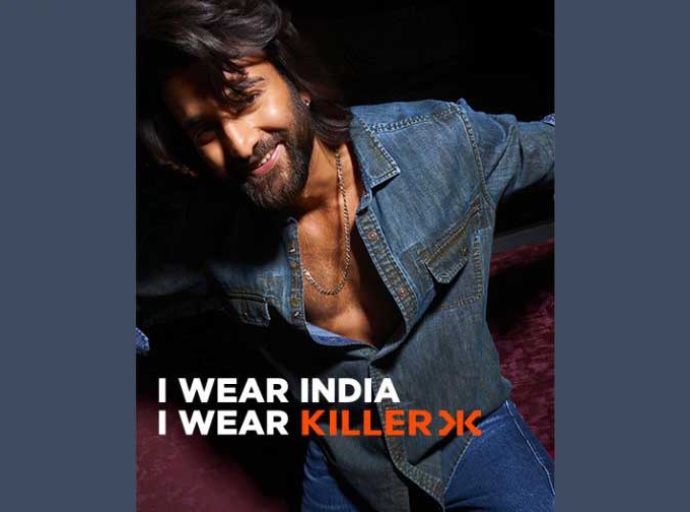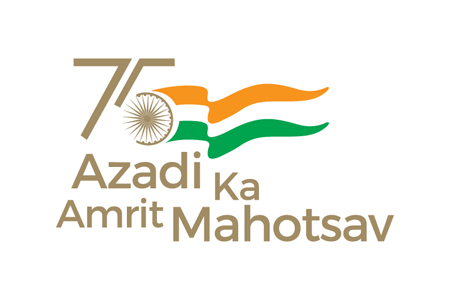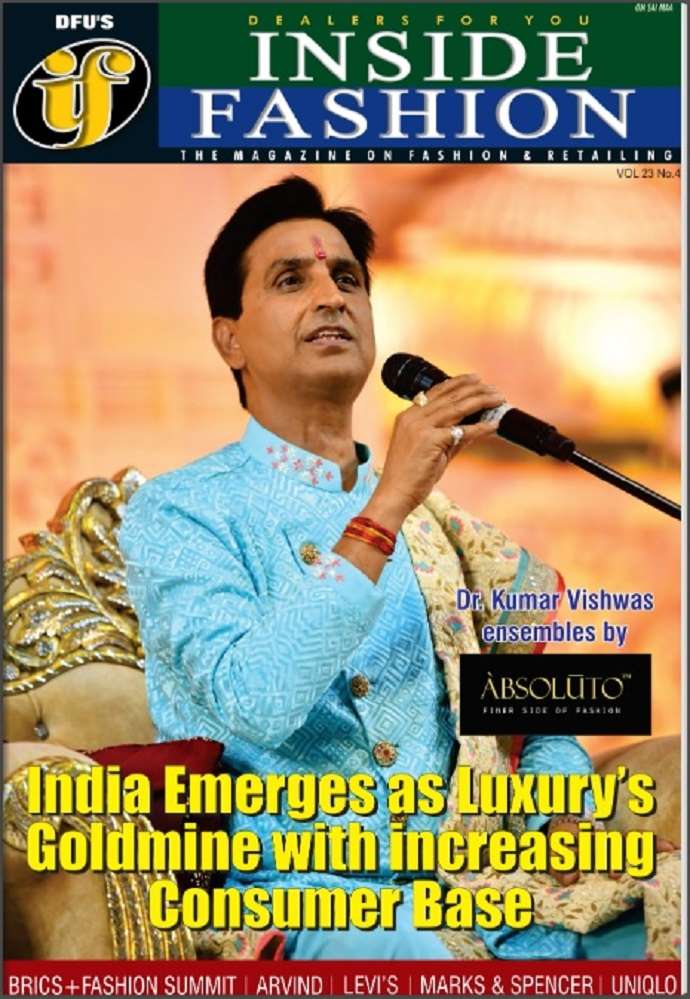10 September 2025, Mumbai
For years, global fashion giants have eyed the growing Indian market with a mixture of anticipation and caution. Now, India is no longer just a market of potential but is rapidly emerging as the next crucial frontier for global fashion and apparel brands and retailers. So, what's driving this shift? Recent reports, and evolving consumer behavior paint highlight the growth opportunity that is India.
A market on the rise
Several reports highlight the immense potential of the Indian fashion market. A recent Technopak Advisors study projects the Indian apparel market will reach $85 billion by 2025, making it one of the largest and most attractive globally. This growth due to a young and aspirational population, increasing disposable incomes, and a growing awareness of global trends, largely driven by increased internet penetration and social media influence.
Table: Indian apparel market growth and projections
|
Category |
Market size ($ bn) |
Projected size ($ bn- 2025) |
CAGR (2020-2025) |
|
Apparel |
65 |
85 |
9.50% |
|
Footwear |
12 |
17 |
9.00% |
|
Accessories |
8 |
12 |
8.50% |
|
Total Fashion |
85 |
114 |
9.00% |
Source: Technopak Advisors Report 2023
Another report by Statista had predicted fashion market revenue in India will reach $32.78 bn in 2024 and at an annual CAGR 2024-29 of 6.88 per cent, resulting in a projected market volume of $45.37bn by 2029. This steady growth makes India a compelling destination for global players.
What’s driving growth?
Several interconnected factors are pushing the Indian fashion market forward. First is the demographic dividend. India boasts of a large and young population, with a significant portion falling into the working-age group. This demographic dividend translates into a larger consumer base with increasing purchasing power. Rising disposable incomes is another factor as the Indian economy continues to grow, incomes in hand are on the rise, allowing consumers to spend more on discretionary items like fashion and apparel.
Rapid urbanization too is leading to the concentration of consumers in cities with higher income levels and greater exposure to global brands and trends. The widespread adoption of smartphones and affordable internet access has revolutionized how Indian consumers discover and purchase fashion. E-commerce platforms have played a crucial role in making global brands accessible even in Tier-II and Tier-III cities.
Also, Indian consumers are becoming increasingly brand-conscious and are willing to spend more on quality and internationally recognized brands. Social media and celebrity endorsements further fuel this trend. There's a noticeable shift in consumer preferences towards more Westernized styles, athleisure wear, and sustainable fashion, creating opportunities for global brands with diverse offerings.
Global brands make inroads
Several international brands have already successfully established a presence in the Indian market, offering valuable lessons for newcomers.
Zara and H&M: These fast-fashion giants have adopted an aggressive expansion strategy, opening numerous stores in major metros and leveraging online platforms. Their affordable pricing and trendy collections resonate well with the young Indian consumer.
Nike and Adidas: The sportswear behemoths have capitalized on the growing fitness culture in India. Their strategic partnerships with athletes and focus on performance wear have contributed to their strong market presence.
Luxury brands: While the luxury market is still niche, brands like Louis Vuitton, Gucci, and Dior are investing in India, recognizing the potential of high-net-worth individuals and their growing appetite for luxury goods. They are often focusing on flagship stores in prime locations and personalized customer experiences.
Considerations of India market
Despite the immense potential, global brands entering the Indian market do face challenges while establishing their brands in the market. Price sensitivity is a factor in India, brand realize as a major portion of the Indian consumer base remains price-sensitive. Brands need to offer products that align with local affordability while maintaining their brand image. Then there are supply chain complexities as India's vast geography and diverse infrastructure can present logistical challenges in terms of supply chain management and distribution.
Domestic fashion brands and retailers have a strong understanding of local tastes and preferences. Global players need to adapt their strategies and product offerings to compete effectively. Understanding and respecting India's diverse cultural landscape is also crucial for successful marketing and product development.
Thus the Indian fashion market is undeniably on a high-growth path, offering numerous opportunities to global fashion and apparel brands and retailers. While challenges exist, the demographic factors, rising disposable incomes, and increasing brand consciousness make India an attractive and potentially highly rewarding market. Brands that can navigate the complexities, adapt to local preferences, and invest in building a strong presence are likely to reap good benefits in the years to come.
Latest Publications


































